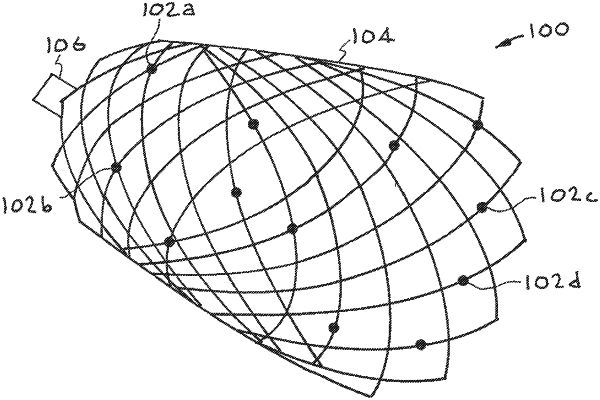| CPC A61F 2/90 (2013.01) [A61B 5/4851 (2013.01); A61B 5/6862 (2013.01); A61B 5/6876 (2013.01); A61F 2/07 (2013.01); A61L 31/14 (2013.01); A61B 5/686 (2013.01); A61F 2002/828 (2013.01); A61F 2210/0014 (2013.01)] | 10 Claims |

|
1. A method of making a stent, comprising the steps of:
using additive manufacturing to produce a stent lattice made of shape memory material,
using additive manufacturing to produce a multiplicity of heaters connected to said stent lattice,
using additive manufacturing to provide a multiplicity of flow sensors that are operatively connected to said stent lattice,
and
using additive manufacturing to provide a control system that is operatively connected to said stent lattice, that is operatively connected to said multiplicity heaters, and that is operatively connected to said multiplicity of flow sensors.
|